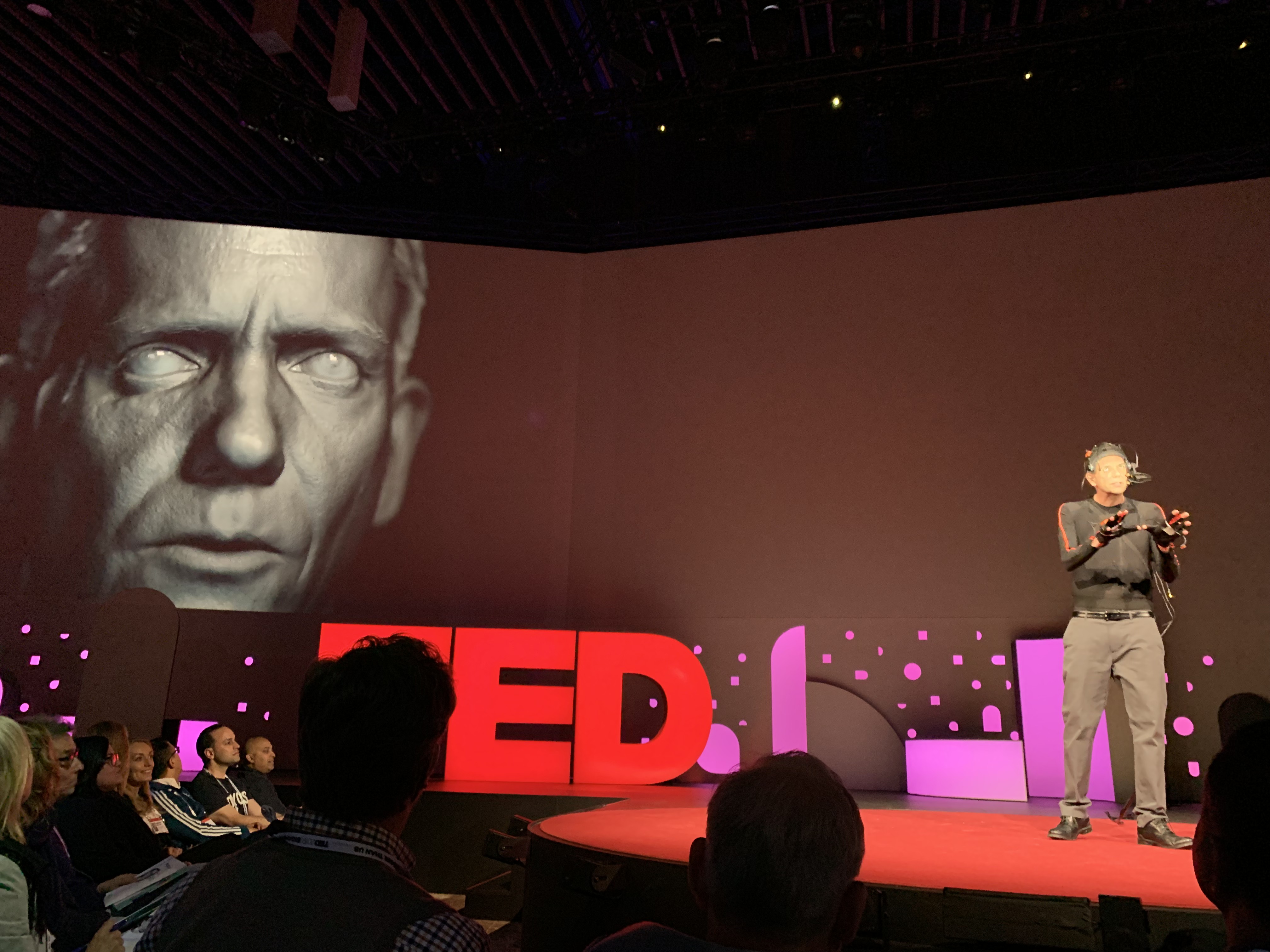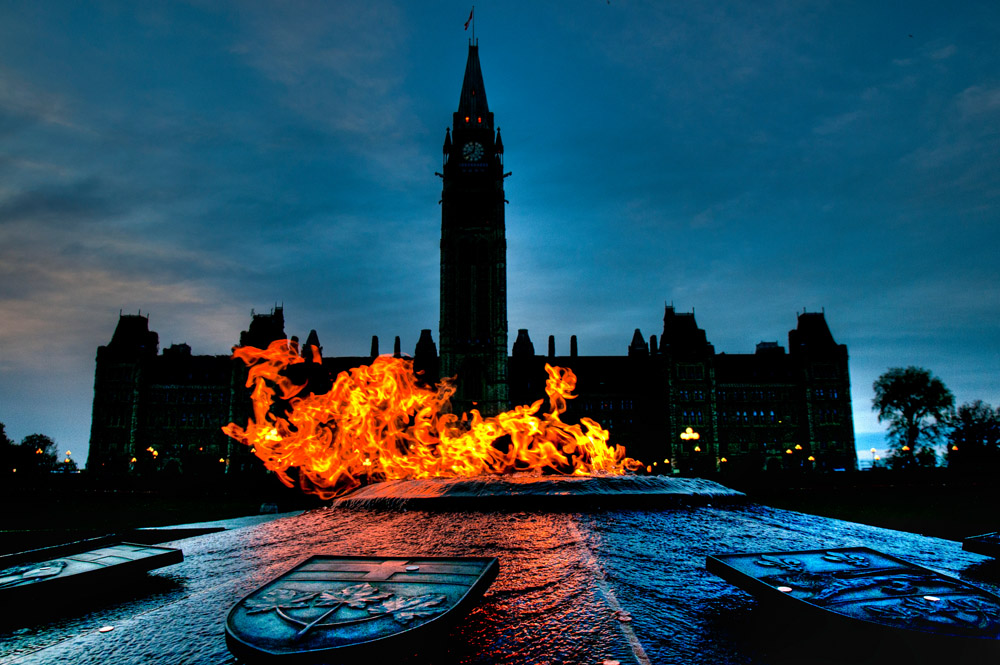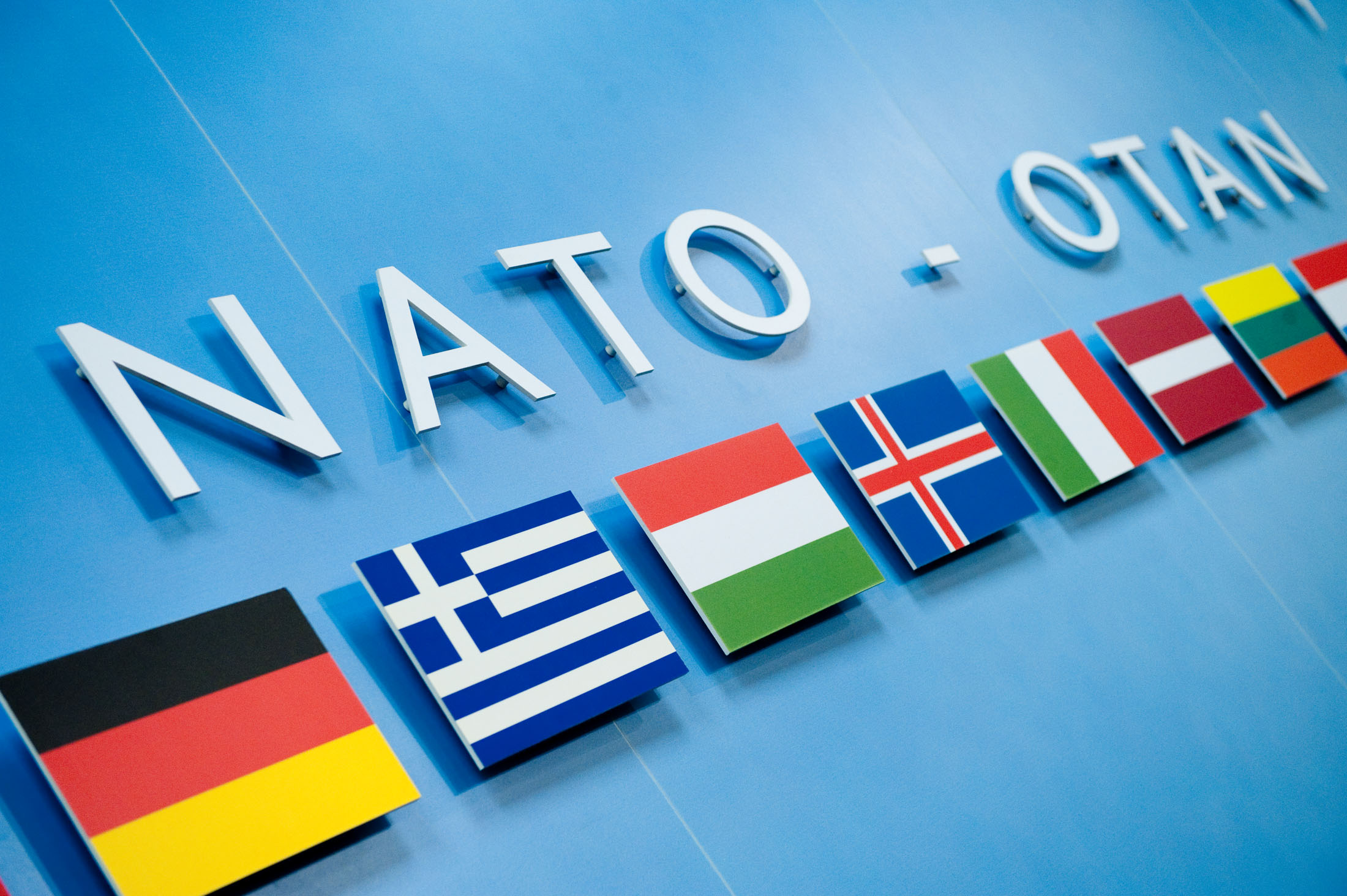“There’s more to this than meets the eye.”
There is perhaps no phrase that better encapsulates the technological phenomenon that is, deepfake. A large part of human development and evolution has taught us to trust our own eyes, even when nothing else seems certain. Yet, the very nature of deepfake technology compromises the integrity of what is seen, because what you see with deepfake is, as the name would suggest, fake.
What is Deepfake?
Deepfake is an up-and-coming technology that first began attracting attention back in 2017. Deepfake was first created by putting two artificial intelligence algorithms against one another, in a process in which one constructs realistic fake images while the other constantly works to revise and refine the original curated image. The basis of this action between the two algorithms is backed by deep learning and generative adversarial networks (GANs), in which the machine essentially ‘learns’ and becomes better at its own functions. When the first machine curates the first image, the other machine ‘grades’ and assesses the image, sending it back for revision. This process occurs in rapid succession, so that the machines are able to teach each other how to improve and produce results that exceed the abilities of human beings.
What does Deepfake look like?
Film director Jordan Peele is the curator of a viral deepfake video of former President Barack Obama, in which he spoke for a couple of minutes, including the line, “Now I can say stuff I would usually never say. But someone else would.” Any everyday viewer of the clip would not have thought much of it, the video looks like any other pre-recorded presidential speech. However, the truth is revealed in the end when Jordan Peele exposes the reality of deepfake technology, showing that he could use Mr. Obama’s face while manipulating the technology to allow Peele to speak on his behalf.
Another viral example of deepfake was created in 2018, with the cave rescue of the Thai soccer team. When a video was released showing the supposed cave rescues in Thailand, the video that was technologically altered was one of dive drills filmed in France and Wisconsin. Various aspects of the video had been manipulated using deepfake including the faces of the divers in the video, while the only element that remained unchanged was the colour of the water. The manipulated video had crystal clear water, whereas the cave rescue had water with nearly zero visibility.
– Amy Schoenfeld Walker, author of Preparing Students for the Fight Against False Information with Visual Verification and Open Source Reporting
The two examples mentioned above are just two of the multitude of deepfake videos that have been created. Although both have been explicitly exposed as deepfake, there are many in the cyber realm that likely will take more time and effort to uncover as deepfake. The question then is, is the average citizen prepared to combat the disinformation threat that comes with deepfake technology?
Deepfake and Disinformation:
Surely, with the looming presence of deepfake, disinformation wars are inevitable. On an everyday basis, the twenty-first century is characterized by the bombardment of average citizens by a seemingly endless supply of media and information. Most people are not equipped with the proper knowledge for discernment and acknowledgement of what information is deemed to be valid or false. This becomes increasingly alarming when we consider the role that deepfake technology could play in misleading voters during the upcoming federal elections in October 2019, or in the US presidential election the following year.
It becomes imperative that every individual takes responsibility to be properly equipped with the knowledge and ability to discern factual information from fake. Actors from all levels of society should be proactive in combatting disinformation; governments can invest in developing technology to detect deepfakes, while encouraging companies to do the same.
In the same way, the execution of law and development of new policy to confront deepfake must not be delayed, as the technology has the tendency to develop faster than the law might be able to respond. There should be focus on how to enforce existing copyright, defamation and harassment law.
Further, citizens should be encouraged to avoid purely using social media as a source of news. This reliance on social media has been described as a phenomena that will “be increasingly problematic”, as it fervently encourages the oversimplification of news and ideas in the media. Deepfake will only continue to develop exponentially quicker as time passes, so it is increasingly important for all hands to be on deck as deepfake technology continues to be produced with higher and higher degrees of sophistication.
Featured Image: “DigiDoug DeepFake at TED2019” (2019), by Steve Jurvetson via Flickr. Licensed under CC BY 2.0.
Disclaimer: Any views or opinions expressed in articles are solely those of the authors and do not necessarily represent the views of the NATO Association of Canada.




